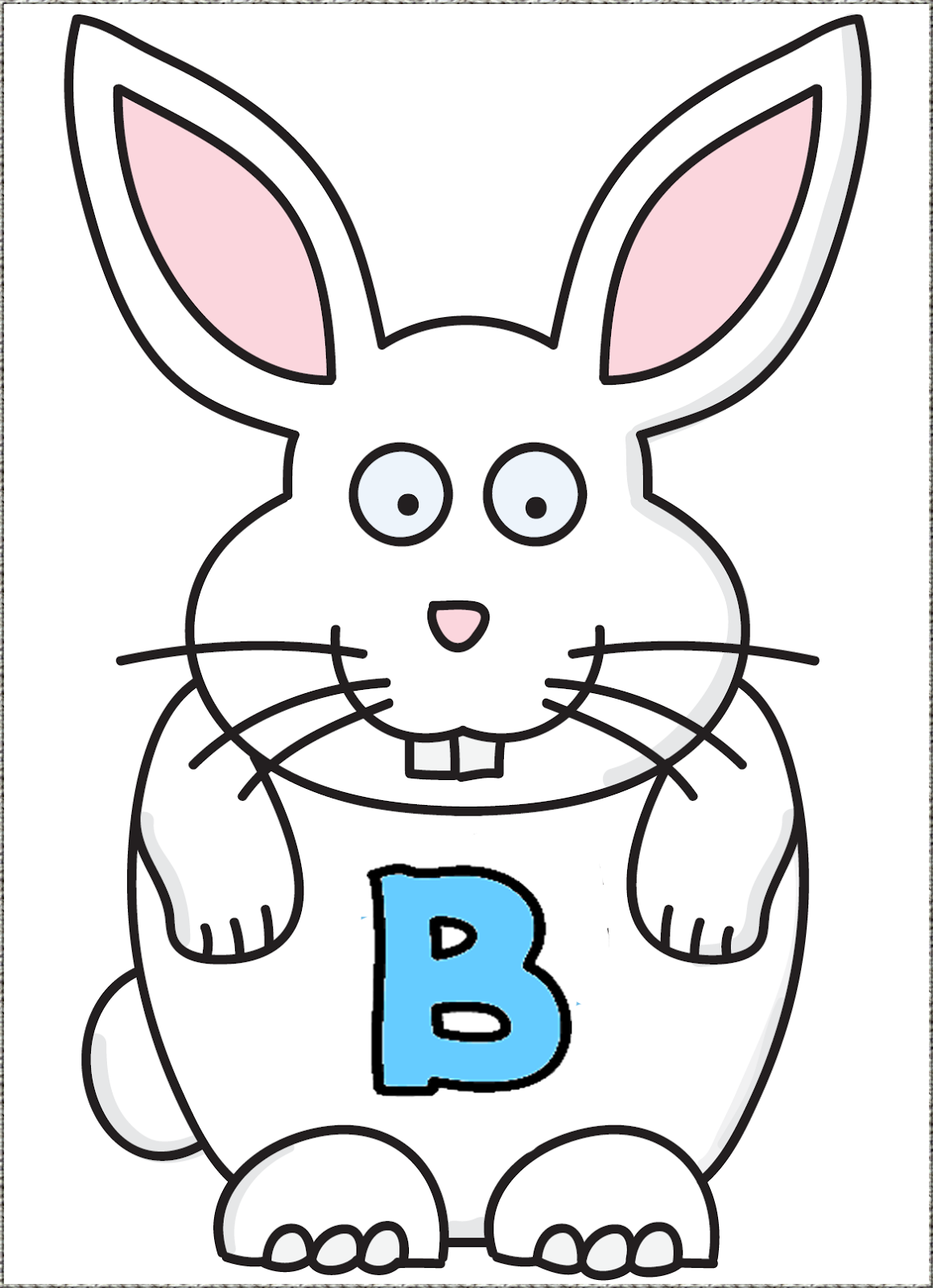Πασχαλινά καλάθια, λάμπάδες και κατασκευές
Πασχαλινή κάρτα
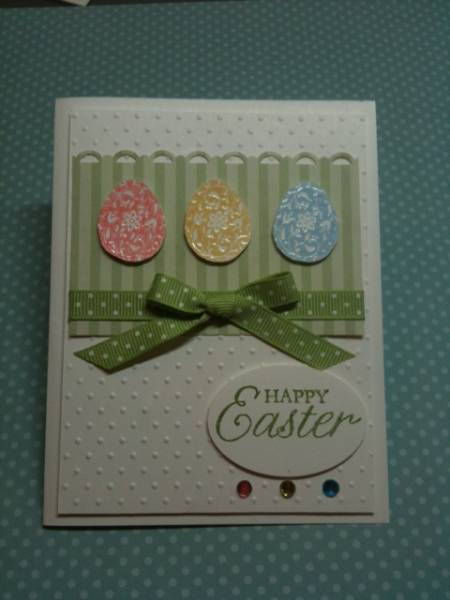
http://www.splitcoaststampers.com/gallery/photo/1972411?&cat=20555
Τα παιδιά ζωγραφίζουν με τέμπερες σε λευκό Α4, αφήνουμε και στεγνώνει,
κόβουν
σε σχήματα αυγού τη ζωγραφισμένη επιφάνεια
και διακοσμούμε με τα αυτά τα αυγά την κάρτα...

http://nurturestore.co.uk/paper-plate-easter-basket-craft
http://nurturestore.co.uk/spring-sorting-games-for-numbers-letters-words
Εύκολο λαγουδάκι origami
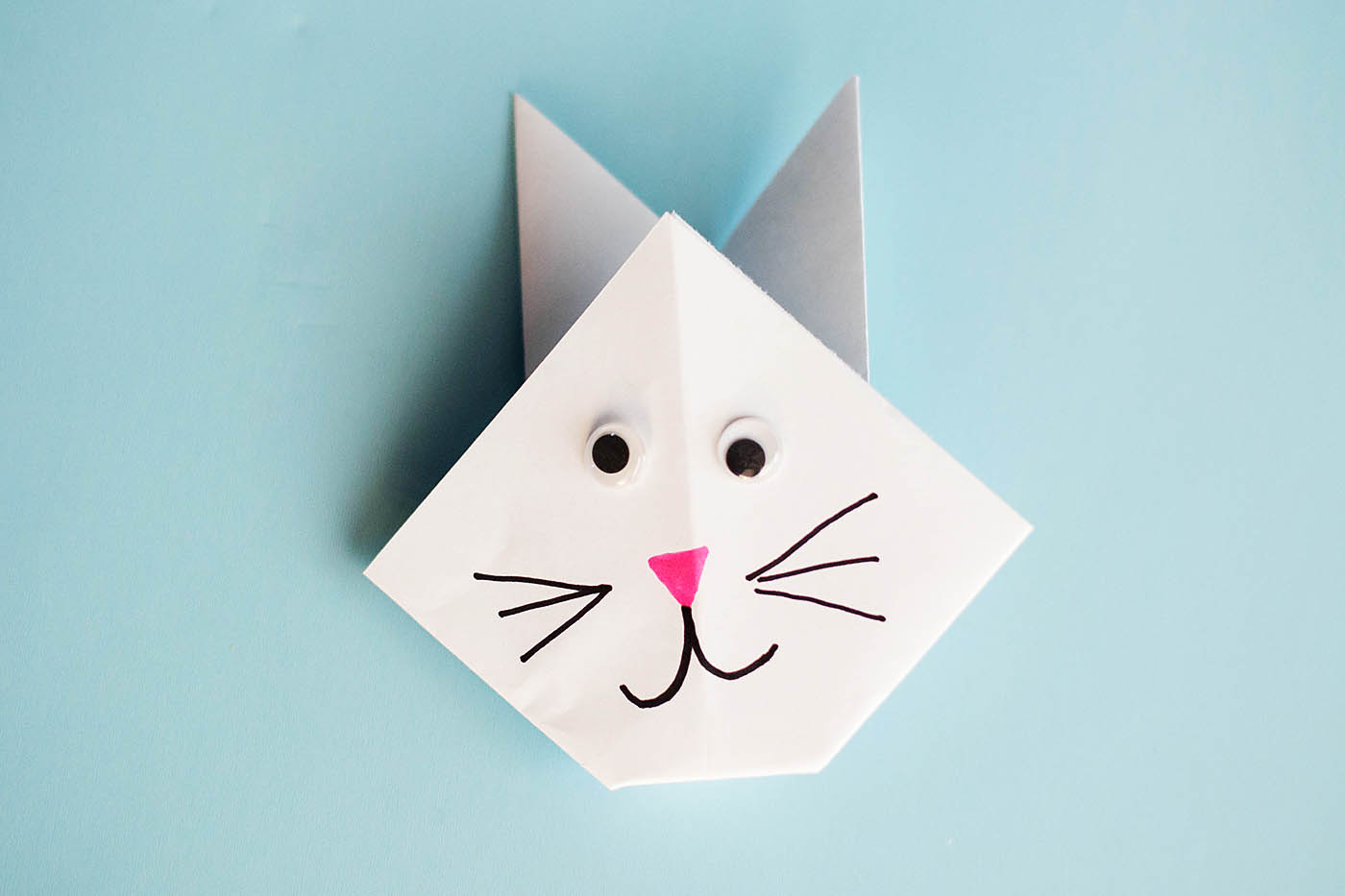
pop up card
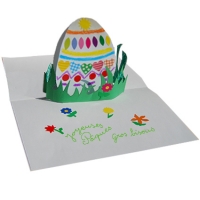
http://www.redtedart.com/2013/03/06/kids-craft-easter-baskets/

http://www.handmadecharlotte.com/make-easter-paper-crafts-with-smallful-printables/#.VQwie9Fm32U.facebook
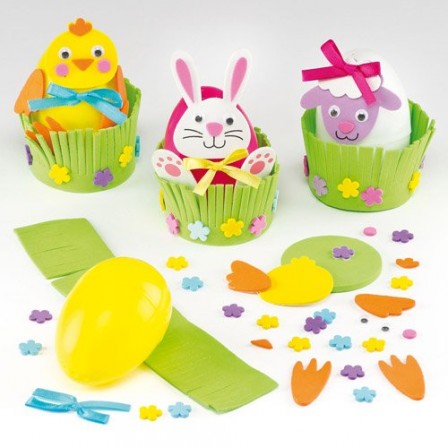
http://www.unmaxdidees.com/univers-creatif/index.php/tag/activit%C3%A9s%20manuelles
Οι καμπάνες του Πάσχα
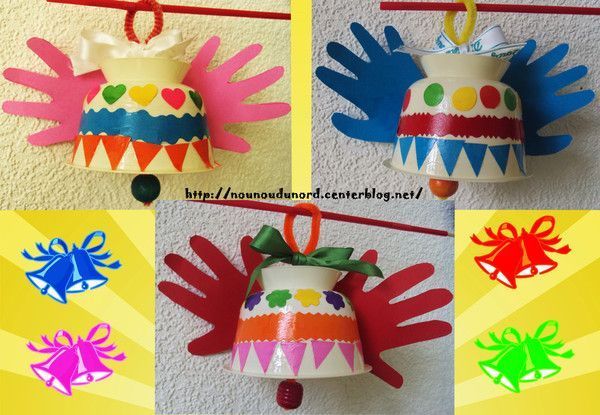
http://nounoudunord.centerblog.net/1077-cloches-de-paques-avec-empreintes-de-mains?ii=1
Καλό μήνα!
Απρίλη μου ξανθέ..5ο νηπιαγωγείο Σερρών
Χάρτινη κατασκευή Σταύρωσης









Τυπώστε και κολλήστε
σε ρολό από χαρτί τουαλέτας:
σε ρολό από χαρτί τουαλέτας:
http://www.catholicicing.com/religious-easter-craft-for-kids-make/
Πασχαλινά φύλλα εργασίας
Μαθηματικά: μοτίβα
Κόβουμε τα πασχαλινά κουνελάκια και τα τοποθετούμε σε αντικείμενα (ή οτιδήποτε θέλουμε)που το όνομά τους αρχίζει από το αντίστοιχο γράμμα, πχ Τ τραπέζι.
Αριθμοί
Κόψτε και βάλτε τα αυγά κατά μέγεθος.
Πασχαλινές μάσκες
Φόντο Πασχαλινό
Πασχαλινές κατασκευές

http://www.marthastewart.com/274848/easter-basket-ideas/@center/276968/easter#270547

http://easypreschoolcraft.blogspot.co.uk/2014/02/easter-bunny-paper-cup-craft.html

Morning Art Exploration: Fresco Painting
During the Renaissance wall paintings were very popular.
In fresco painting, artists applied a layer of wet plaster to the wall
and then painted on the plaster. Their tempera paint, made from eggs
and pigment, soaked into the wet plaster becoming part of the plastered
wall.
Plaster is made by burning limestone, marble, or travertine in a big
oven. This mades lime, which is mixed with water to make plaster. You
paint it on the wall, and when it dries it will get hard.
In order to get lime for plaster, and also to make mortar, lime-burners
in the Middle Ages burned many of the great buildings that the Greeks
and Romans had built, and many of the marble statues that Greek and
Roman artists had carved. That's why we have so few of them today.
People thought this was a good thing, because the stone came from
temples dedicated to the Greek and Roman gods, and the statues were of
Greek and Roman gods. Now that most people were Christians or Muslims,
they didn't like having all these old gods around, and many people
thought that any images of people were against what God wanted.
Following the directions on the Plaster of Paris, mix up some
plaster. Pour some plaster into a paper plate for each of the children.
Fill the plate as this will give the plaster plaques more strength.
Let the children paint on the wet plaster. The children will see what
it was like for the Renaissance artists creating their fresco paintings.
The children will see how quickly and carefully the Renaissance
artists had to work. Imagine painting a whole wall this way.
- Plaster of Paris
- thinned down tempera paint
- mixing container
- paper plates
- paintbrushes
- paint cups
- smocks
Have the children compose their own music using the instruments
in the Band in a Box. The children can play the instruments and try to
make sounds that are representative of a season or time of the year.
- Band in a Box
Stand on your mat and shake your wrists to loosen them and wave
your hands around. Walk in place, lifting your knees as high as you can
toward your chest. Stretch one foot out and rotate the foot, then
repeat with the other foot. Keep moving until you start to feel warm.
- Kid Yoga Fun With A Twist ISBN 1402715064 Sterling Publishing Co.
Antonio Vivaldi, an Italian composer, wrote a piece of music
entitled the Four Seasons. Each one of the Four Seasons violin
concertos has three movements, one slow and two fast, which are
representative of the four seasons of the year.
Begin by playing one concerto from Vivaldi's Four Seasons. Do not
tell the children which concertos they are listening to. Ask the
children to listen carefully for a few minutes. Have the children think
about what the music sounds like. Does it sound like summer, winter,
autumn, or spring? Make sure that the drawing materials are placed
within easy reach of all the children. Quietly pass out paper. The
children can begin drawing when they are ready. Ask the children to
quietly draw a picture of the season that the music sounds like. Remind
them to use colors to show the season. When the children are finished,
have them tell you what season they heard in the music. Look at the
drawings together and talk about what made the music sound like the
season.
Supplies you will need:
- drawing paper
- oil pastels
- Vivaldi's Four Seasons
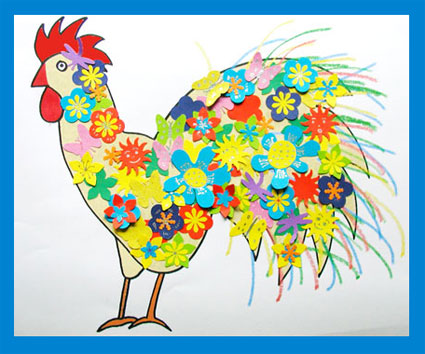
Réalisation d'un coq réalisé à la manière du peintre Boucheix. La peinture du coq est l'occasion de partir à la découverte du peintre Boucheix et de son oeuvre.
Πάσχα-Δομίνικος Θεοτοκόπουλος
![[%25C2%2598%25C2%259514.jpg]](https://blogger.googleusercontent.com/img/b/R29vZ2xl/AVvXsEiKjNwYEDj0cQ5lnTMi_0h82II7w_mpC3N_7uWRwpNJmxtYtdno_IBe4qz_octkMhmkBsyiw-hCoAj6s8IZMBGUiZDNsoGuJgVeg2Eek7CIzkln9-kG_Hlhm6vwlmbXEwHWGMwy14_c8u8/s320/%2525C2%252598%2525C2%25259514.jpg)






















